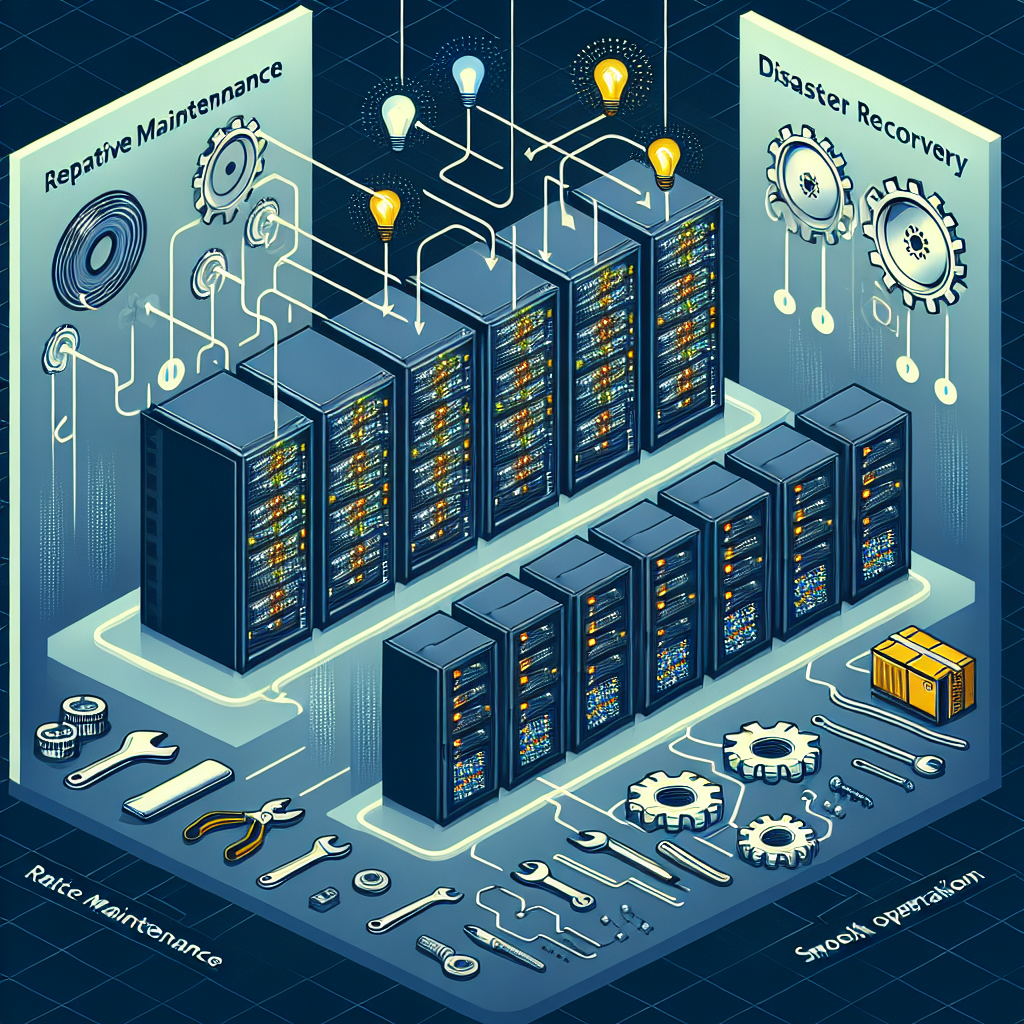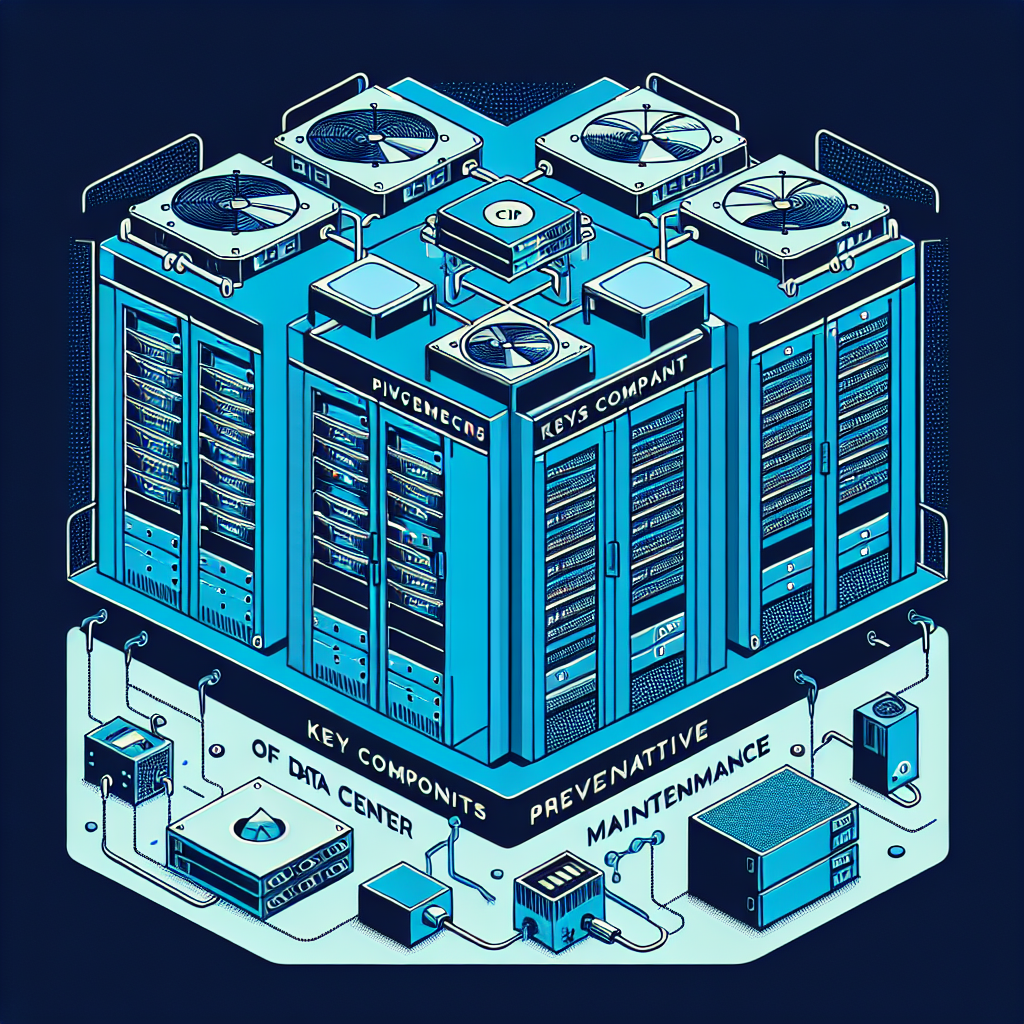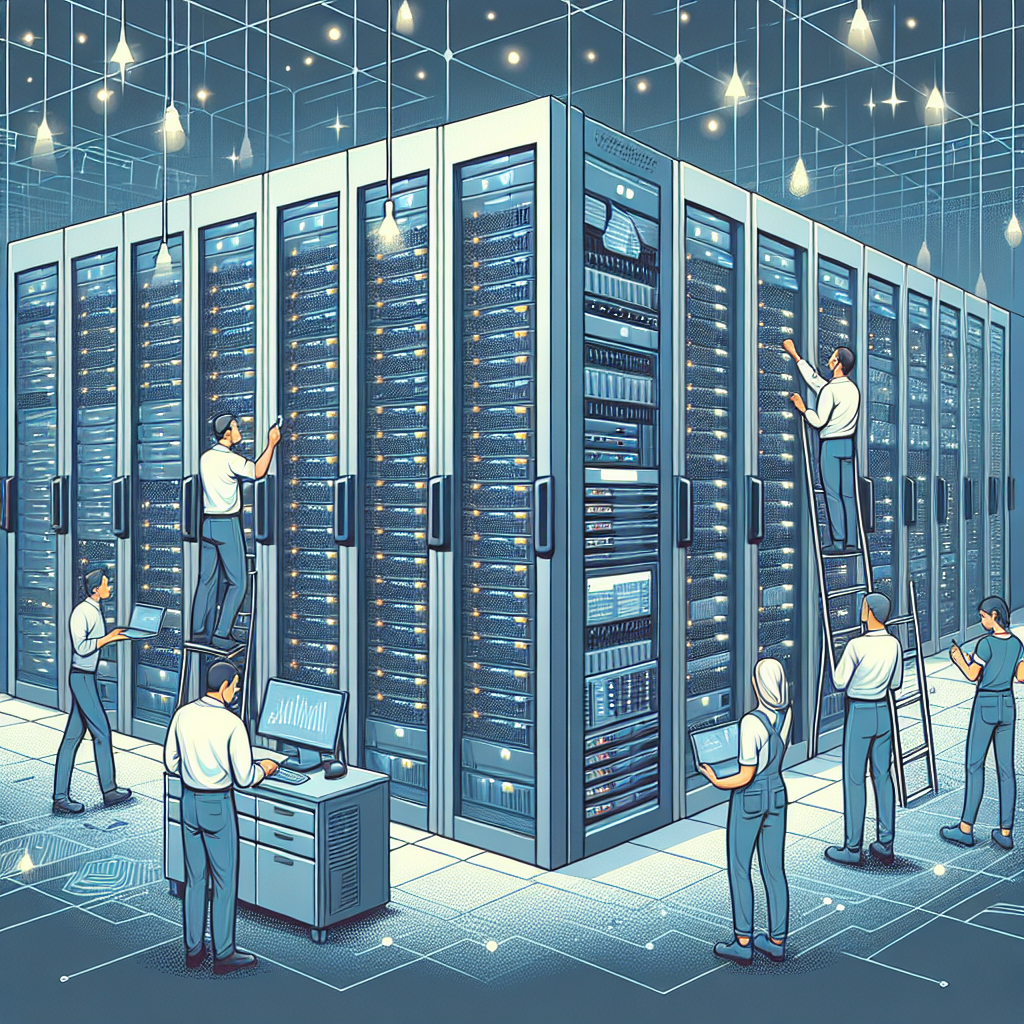Data centers are critical components of modern businesses, housing the servers and equipment that store and process vast amounts of data. As such, it is crucial to ensure that data centers are functioning at optimal levels to prevent downtime and data loss. Regular inspections are essential to identify and address any issues that may arise. Here are some common issues found during data center inspections and how to address them:
1. Overheating: Overheating is a common issue in data centers due to the high levels of heat generated by the servers and equipment. This can lead to equipment failure and downtime. To address this issue, ensure that the data center is properly cooled with adequate air conditioning and ventilation systems. Regularly monitor temperature levels and install temperature sensors to alert you to any potential overheating issues.
2. Cable management: Poor cable management can lead to tangled and disorganized cables, making it difficult to troubleshoot and maintain the data center. To address this issue, implement a cable management system that organizes and labels cables properly. Regularly inspect and tidy up cables to prevent any potential hazards or obstructions.
3. Power failures: Power failures can cause significant disruptions to data center operations. To address this issue, ensure that the data center has backup power sources, such as uninterruptible power supply (UPS) systems or generators. Regularly test these backup systems to ensure they are functioning correctly in case of a power outage.
4. Dust and debris: Dust and debris can accumulate in data centers, leading to equipment malfunctions and overheating. To address this issue, regularly clean and dust equipment, floors, and vents. Implement air filters and air purifiers to minimize the amount of dust entering the data center.
5. Security vulnerabilities: Data centers house sensitive and valuable data, making them prime targets for cyber attacks. To address security vulnerabilities, implement robust security measures such as access control systems, surveillance cameras, and firewalls. Regularly update and patch software and firmware to protect against the latest security threats.
6. Equipment failures: Equipment failures can occur due to age, wear and tear, or improper maintenance. To address this issue, regularly inspect and maintain equipment, including servers, storage devices, and networking equipment. Implement a proactive maintenance schedule to detect and address any potential issues before they escalate into major problems.
In conclusion, regular inspections are essential to ensure that data centers are functioning at optimal levels. By identifying and addressing common issues such as overheating, cable management, power failures, dust and debris, security vulnerabilities, and equipment failures, you can prevent downtime and data loss, and ensure the smooth operation of your data center. By implementing proactive measures and staying vigilant, you can maintain the reliability and performance of your data center for years to come.









